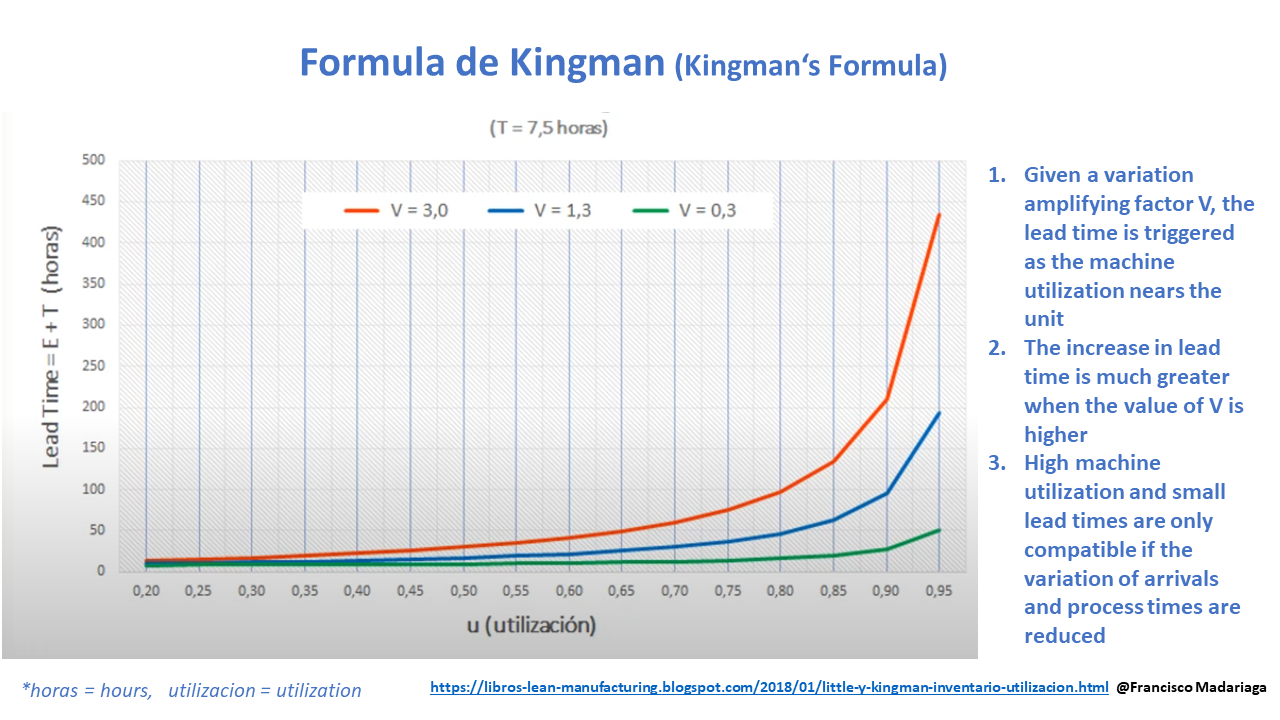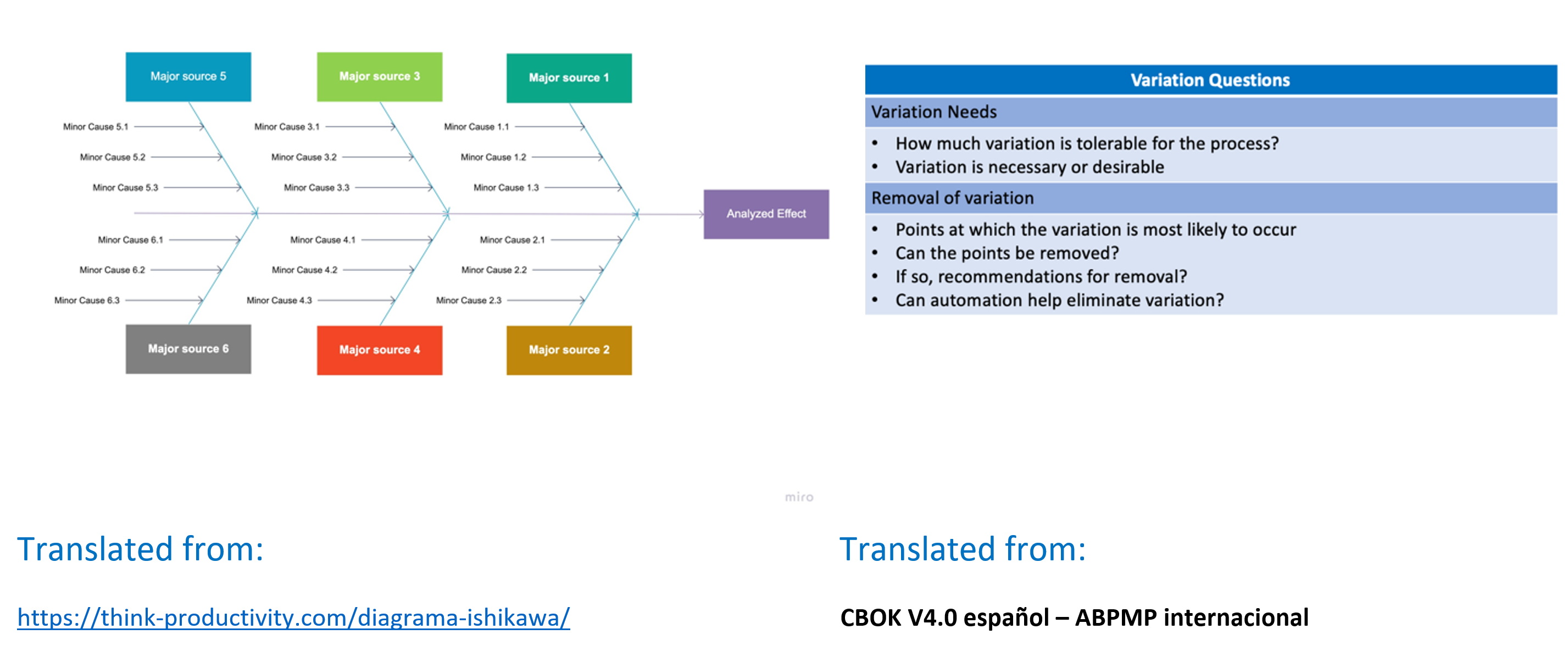5S vs Lead Time – Lean vs QRM
Understanding the Essence of the Methodology
About 5s
Much has been said about the Japanese methodology of the 5s, outside of being a simple sorting and cleaning tool, which is seen in many places in the wrong way, even entire 5s campaigns are carried out without understanding the essence of the methodology, which is to change culture, and not just a trend or a weekend activity, as it is done in many companies today. The successful implementation of the 5s is much more difficult than you might think, and the industry is full of stories of failure in its implementation, there is no magic formula but its understanding and correct relationship with other elements of analysis makes it powerful.
The first foundation of the lean manufacturing house is the stability of our processes. Stability pursues the elimination of waste (muda) and the reduction of variation (mura) in the machines and their surroundings, this is achieved under two important methodologies: the five S and TPM (Madariaga, 2013), in this article we will approach from another point of view the first of them.
On the other hand, in years of working in different industrial plants, I have perceived that it is a good way to test new (and why not old) teams on their maturity and readiness for continuous improvement, as this team must grow as a group and demonstrate focus on results before having a larger project and/or relevance to the processes of the organization, not to mention that if or if they must successfully involve the process owners and direct actors of this, as they are the ones who must maintain (#5: Shitsuke) the work structure, so involve them now!
Lead time and Kingman’s law
The lead time of a product against a specific process was developed as proposed by the Englishman J. Kingman, Kingman’s formula relates the lead time to the utilization and variation of a process, this equation is known as the VUT equation and is fundamental in the QRM (Quick Response Manufacturing) discipline (Suri, 2014).
Kingman’s formula is an approximation to find the waiting time in a queue. In queueing theory, Kingman’s formula is known as the VUT equation, as we said the equation tries to explain the waiting time and basically depends on:
- U= utilization (Factor)
- V= variability (variation in arrivals and variation in process time)
- T= average process time
The VUT equation states that the higher the utilization, the longer the waiting time, it is an exponential relationship, the closer we are to 100% utilization, the faster the waiting time will increase and reach values close to infinite.
This is a clear example of how resource overload (Muri) has a direct effect on the final delivery lead time.

Variation
Variation is an immutable part of nature and therefore of processes (Kume, 2002), it is present in all areas of our reality and therefore affects every stage and activity of our processes, so it is undeniably, summarized but complete, in the 6 inputs (6M) of a manufacturing process. People, Machines, Materials, Methods, Environment, Measurements.
Both the utilization factor U=u/(1-u) and the variation amplifying factor V are directly responsible and cause the lead time of any process to be longer than the allowed limit. In some cases more than the competitive efficient limit that allows to give value in the market and to compete adequately and sustainably. (Womack, Jones, & Roos, 1990).
Where does 5s Lean fit into QRM lead time?
According to (Madariaga, 2013), the 5s contribute directly, among other things, to the elimination of searches, unnecessary movements and the reduction of damages, breakages or failures. When looking for an element necessary to make a reference change (Set Up), there is no certainty of how long we will have to look for it, seconds, minutes, hours (if it is being used in another place or was moved from the area). Searches are a major direct waste (muda) and a source of direct variation (Muri), damages, breakages or failures fall into this group. Let’s see the effect of a 5s project well achieved and maintained over time on the VUT equation(Suri, 2014):
- By eliminating or at least minimizing searches in the work area, set up times are reduced, this is T
- An organized manual workstation is close to a standardized workstation, thus reducing the cycle time T
- As T decreases, due to the above two mentions, the utilization “u” is reduced and consequently the factor U
- By reducing damage, breakage or failures, we reduce T, U, V
- Reducing T, U, V directly reduces our lead time
Definitely the 5s besides eliminating several types of direct waste (muda), has a very positive indirect effect on the lead time of the process, understanding its direct relationship on the competitiveness of the organization to provide value to customers is essential. Perhaps it is thought that new methodologies such as QRM leave aside such a valuable tool, without being aware that its proper application is the number 1 driver of continuous improvement methodologies. In the case of QRM, gaining flexibility to reduce the lead time of the organization and thus maintain competitiveness and generate sustained value to direct customers.
“Lean manufacturing is a paradigm that pursues the efficiency of the production system by eliminating waste. Its foundations were developed at Toyota by Taiichi Ohno between 1950 and 1975” (Madariaga, 2013)
The article is an English translation of the Spanish original. References relate to the original article
References
Kume, H. (2002). Herramientas estadísticas básicas para el mejoramiento de la calidad. Bogota: Editorial Norma.
Madariaga, F. (2013). Lean Manufacturing – Exposición adaptada a la fabricación repetitiva de familias de productos mediante procesos discretos. Madrid: Bubok Publishing; 1er edición (13 Marzo 2013).
Suri, R. (2014). La producción es cuestión de tiempo – La Fabricación de Respuesta Rápida (QRM) es un método de producción que le hará ganar tiempo y ser más competitivo. Barcelona: Libros de Cabecera; 1er edición (8 Septiembre 2014).
Womack, J. P., Jones, D. T., & Roos, D. (1990). the machine that change the world – How lean Production revolutionized de global car wars. New York: Rawson Macmillan.
About the Author: Ing Javier Ramírez T. , is an industrial engineer and expert in Lean manufacturing, Six sigma and Theory of Constraints TOC methodologies, he is the vice-president of education of the ABPMP Bolivia chapter

view LinkedIn profile
Why Interfacing?
Interfacing’s integrated and holistic approach to quality management provides you with the agility to rethink your manufacturing in the context of what matters most to you – your operational business processes.
Utilizing our enterprise Quality Management System ensures consistently reduced lead times through coordination across all organizational units, effective implementation of processes and changes across functions at lower cost, increased transparency and knowledge sharing; all with compliance and proper documentation ensured.
If you would like to see more or discuss how Interfacing can help your organization, be sure to click below.
Contact us more for information.
Trial our Enterprise Process Center Suite (EPC) to see how the alignment of EPC with 5s and QRM would support success in your organization!
Document, improve, standardize, and monitor your business processes, risks and performance with Interfacing’s Enterprise Process Center®!


